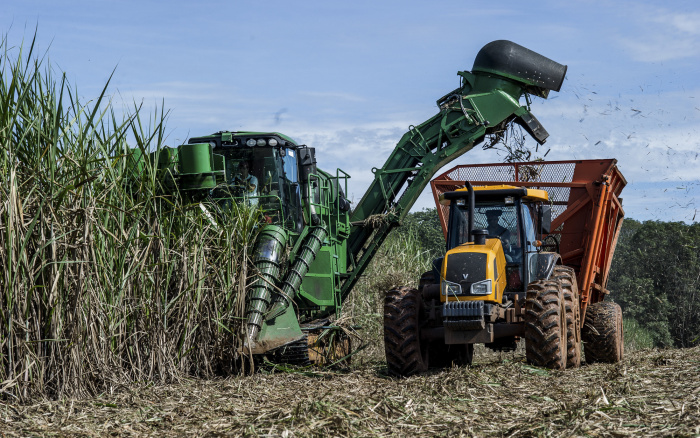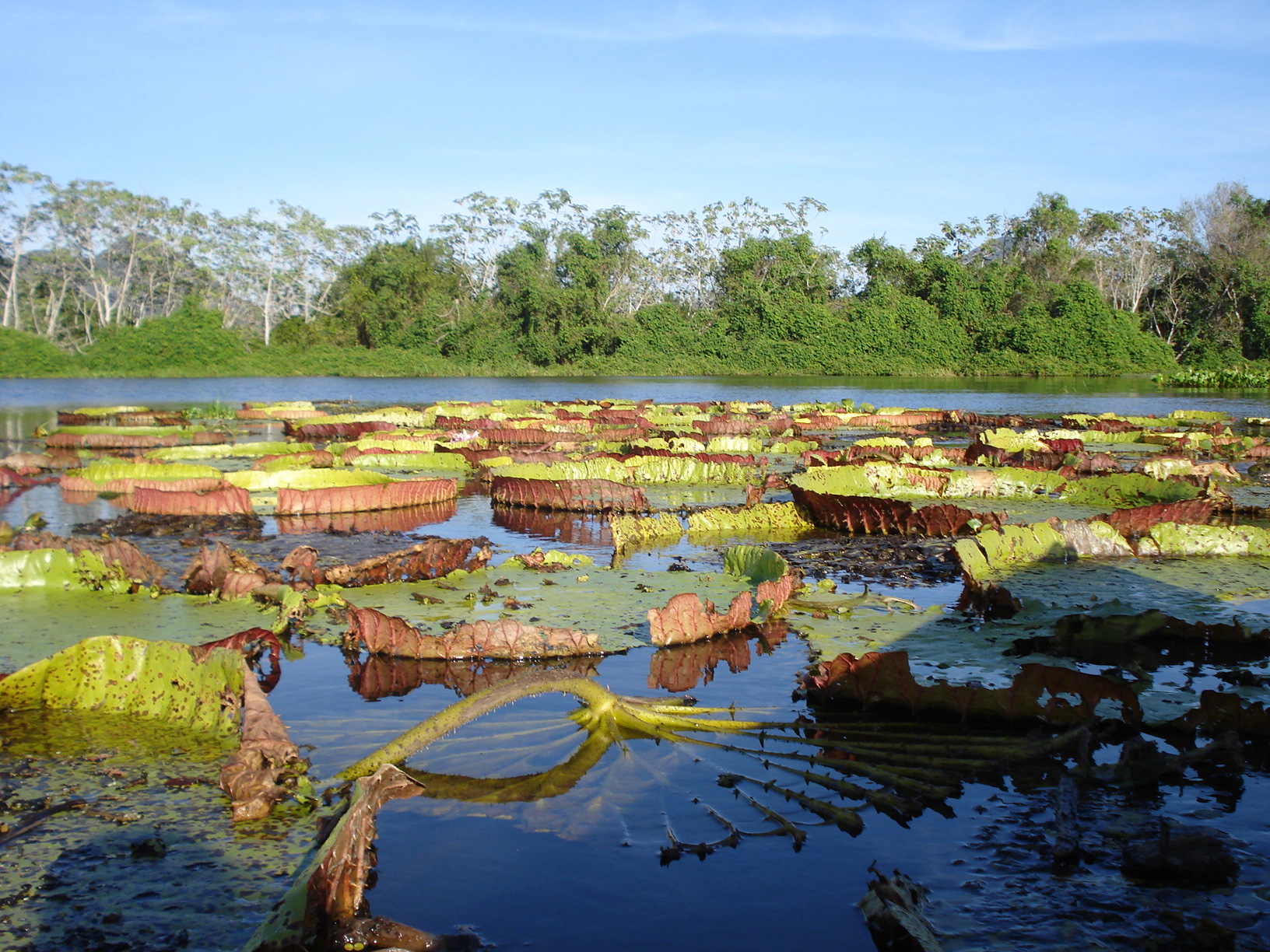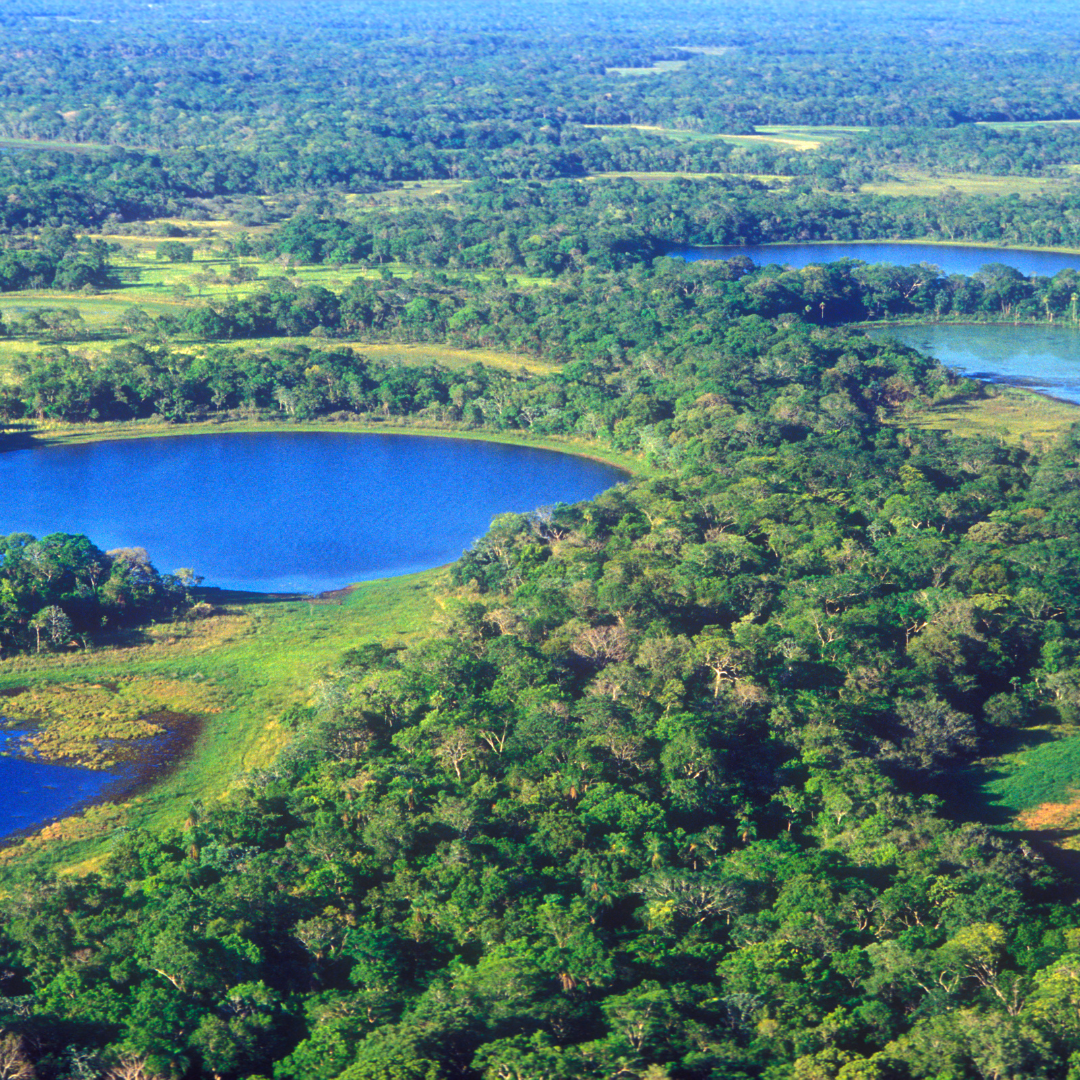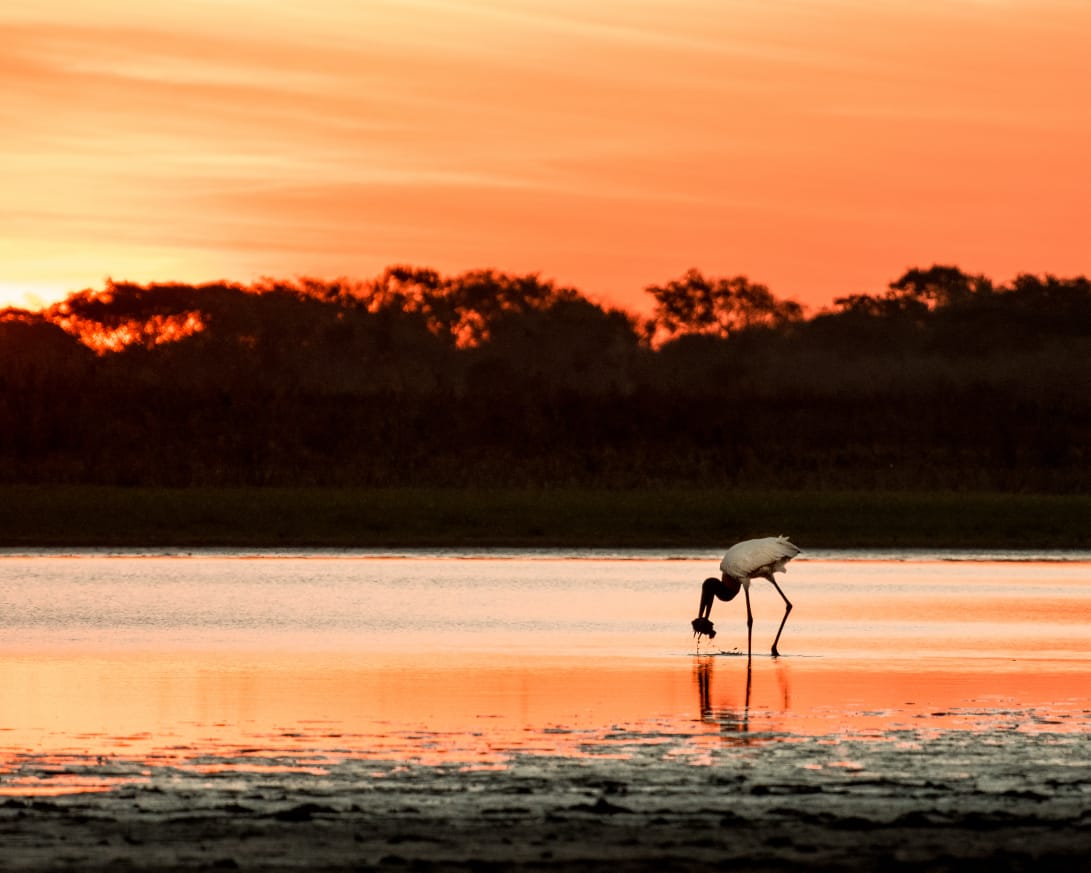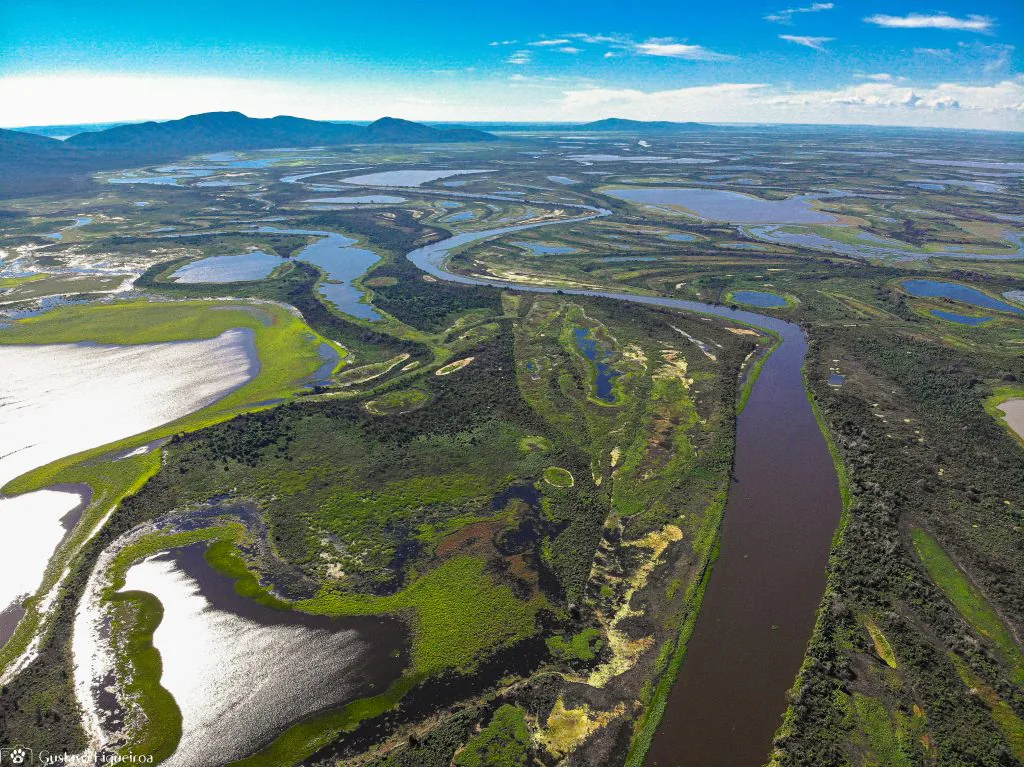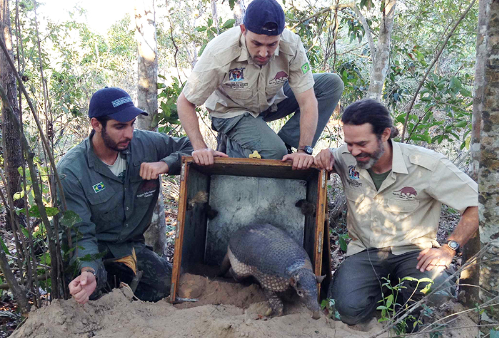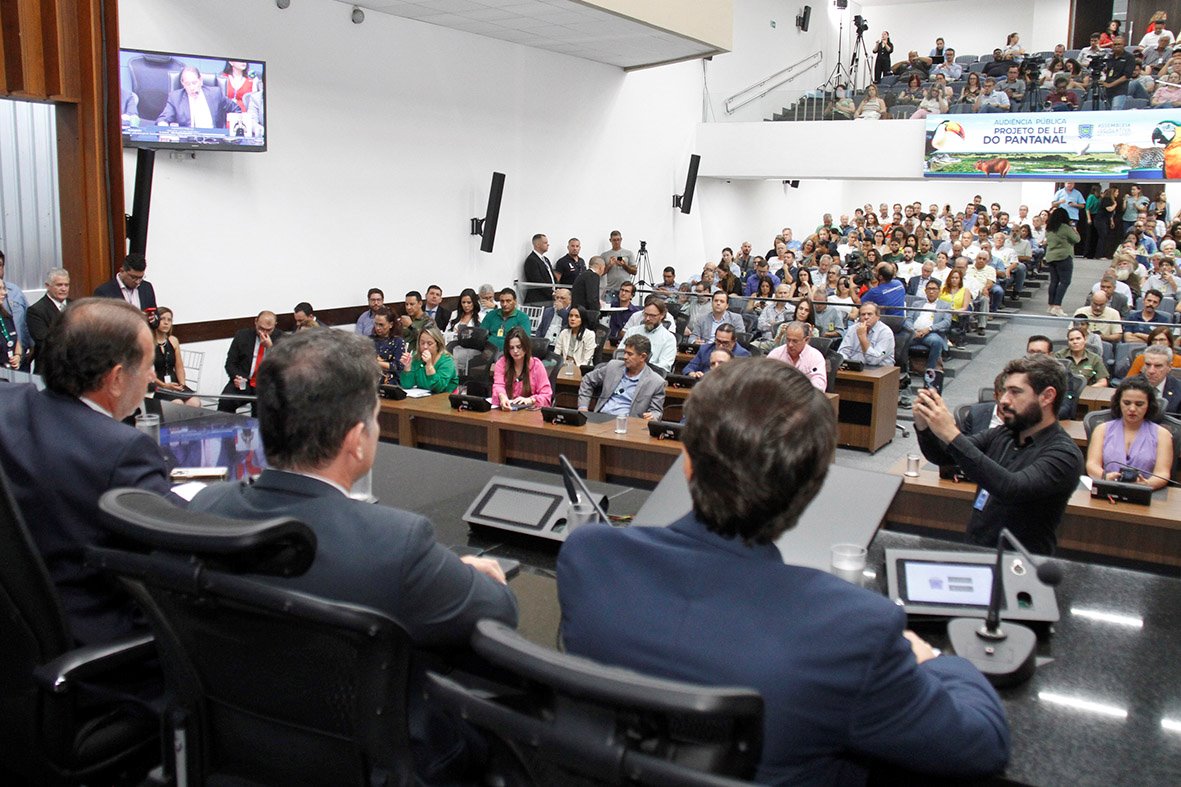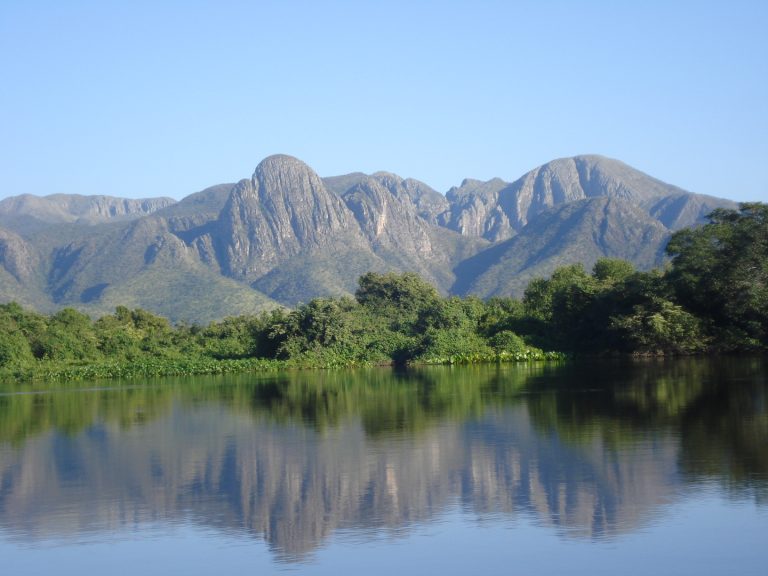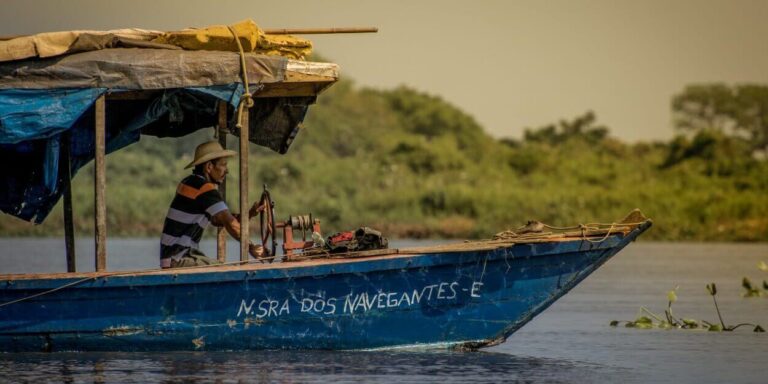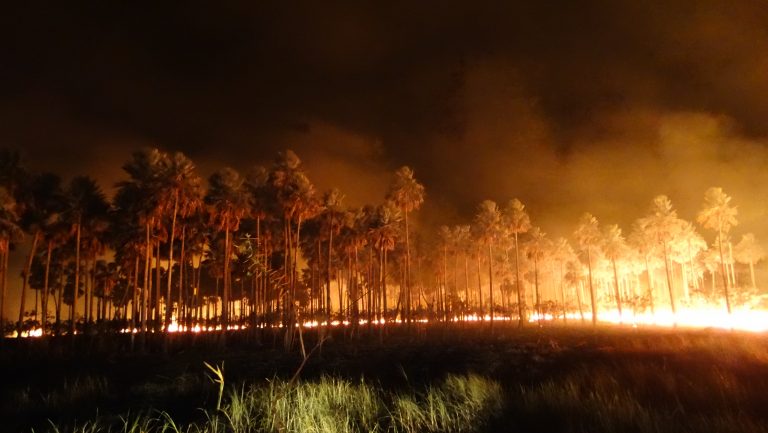Via Folha de São Paulo
Fabiano Maisonnave e Lalo de Almeida
At dawn on March 3, fisherman Louismar da Silva took his boat up the Jauru River, as he has been doing for four decades on the stretch around Porto Espiridião, 323 km west of Cuiabá.
Five hours later, he returned with just one button, the kind of catfish he normally returns to the water. But that day, for the first time, he decided to eat it. He didn’t like it.
Silva, 50, has been venturing into Jauru since childhood, and now estimates that the fish have decreased by 70%.
All the water that floods the Pantanal, the largest floodplain in the world, comes from the surrounding plateau, dominated by agribusiness.
Folha’s report covered 1,143 km of the Mato Grosso part of the Upper Paraguay Basin (BAP). Amidst pastures,corn, soy plantations, fragments of native vegetation, and hydroelectric plants, lie the sources of the main wetlands, including the most important one, Paraguay.
For specialists, there is no way to preserve the Pantanal without taking into account the entire 600,000 km2 region shared by Brazil, Paraguay and Bolivia.
“The basin has to be seen as a whole,” says researcher Ibraim Fantin, from the Department of Sanitary and Environmental Engineering at the Federal University of Mato Grosso. “If the water that comes from above does not reach the Pantanal, the system will be compromised.”
Translated by Kiratiana Freelon

